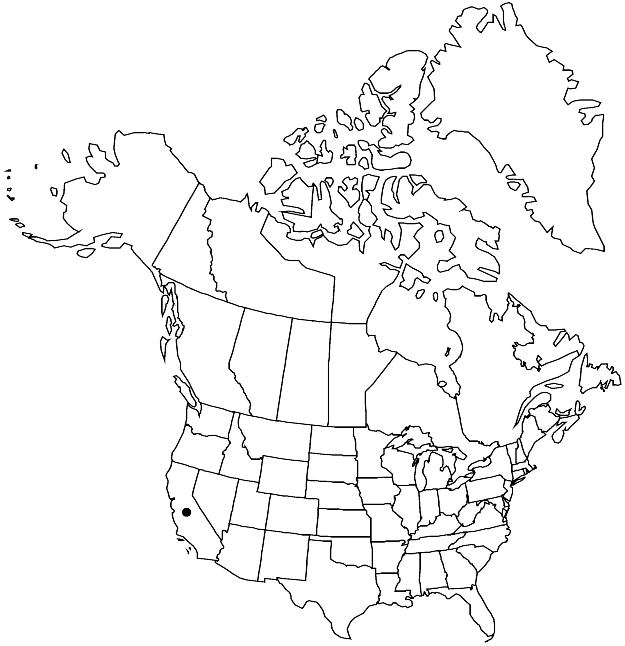Difference between revisions of "Brassica fruticulosa"
Pl. Rar. Neapol. 2: 7. 1792.
FNA>Volume Importer |
imported>Volume Importer |
||
| (2 intermediate revisions by 2 users not shown) | |||
| Line 6: | Line 6: | ||
|place=2: 7. 1792 | |place=2: 7. 1792 | ||
|year=1792 | |year=1792 | ||
| + | }} | ||
| + | |special_status={{Treatment/ID/Special_status | ||
| + | |code=W | ||
| + | |label=Weedy | ||
| + | }}{{Treatment/ID/Special_status | ||
| + | |code=I | ||
| + | |label=Introduced | ||
}} | }} | ||
|basionyms= | |basionyms= | ||
| Line 23: | Line 30: | ||
|elevation=0-300 m | |elevation=0-300 m | ||
|distribution=Calif.;s Europe;nw Africa. | |distribution=Calif.;s Europe;nw Africa. | ||
| + | |introduced=true | ||
|discussion=<p><i>Brassica fruticulosa</i> is naturalized in Los Angeles, Riverside, San Bernardino, and San Mateo counties.</p> | |discussion=<p><i>Brassica fruticulosa</i> is naturalized in Los Angeles, Riverside, San Bernardino, and San Mateo counties.</p> | ||
|tables= | |tables= | ||
| Line 46: | Line 54: | ||
|publication title=Pl. Rar. Neapol. | |publication title=Pl. Rar. Neapol. | ||
|publication year=1792 | |publication year=1792 | ||
| − | |special status= | + | |special status=Weedy;Introduced |
| − | |source xml=https:// | + | |source xml=https://bitbucket.org/aafc-mbb/fna-data-curation/src/2e0870ddd59836b60bcf96646a41e87ea5a5943a/coarse_grained_fna_xml/V7/V7_620.xml |
|tribe=Brassicaceae tribe Brassiceae | |tribe=Brassicaceae tribe Brassiceae | ||
|genus=Brassica | |genus=Brassica | ||
Latest revision as of 22:35, 5 November 2020
Annuals, biennials, or perennials; glabrous or nearly so. Stems branched distally, 3–9 dm. Basal leaves (early deciduous); petiole 1.5–6 cm; blade lyrate-pinnatifid, 3–10(–15) cm × 10–65 mm, lobes 1–3 (or 4) each side. Cauline leaves shortly petiolate; blade (often lanceolate, reduced in size distally), base tapered or cuneate, not auriculate, (apex acute). Racemes paniculately branched. Fruiting pedicels spreading to divaricately ascending, (slender), (5–)10–15(–25) mm. Flowers: sepals 3–8 × 1–1.7 mm; petals pale yellow, narrowly obovate, 7–15 × 3–4 mm, claw 2–3 mm, apex rounded; filaments 3–6 mm; anthers 1.5–2 mm; gynophore 1–1.5 mm in fruit. Fruits (stipitate), spreading to divaricately ascending, strongly torulose, linear, subcylindric, 1.5–3 cm × 1.5–2 mm; valvular segment with 5–13 seeds per locule, 1.2–2.5 cm, terminal segment seedless or 1-seeded, (conic), 3–6 mm. Seeds brown or yellow, 0.6–1.2 mm diam.; seed coat finely reticulate-alveolate, not mucilaginous when wetted. 2n = 16.
Phenology: Flowering Dec–Mar.
Habitat: Coastal plains and basins, deserts, valleys
Elevation: 0-300 m
Distribution

Introduced; Calif., s Europe, nw Africa.
Discussion
Brassica fruticulosa is naturalized in Los Angeles, Riverside, San Bernardino, and San Mateo counties.
Selected References
None.